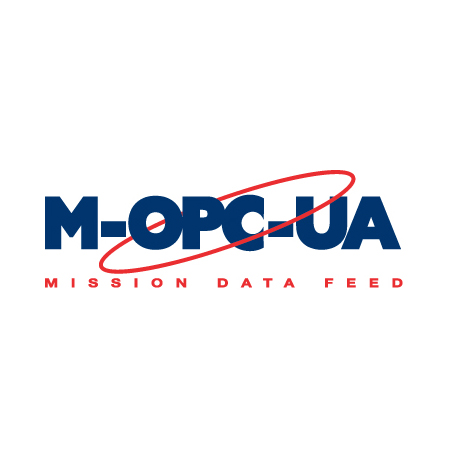OPC-UA
Secure, Service-Oriented Architecture to Connect Mission Data to Plant Operations
Managers of larger wastewater treatment or water processing facilities sometimes prefer the data collected by Mission to be included with the client/server SCADA HMI that is part of their plant operations. Mission has provided this service to customers via the Open Platform Communications (OPC) Classic connection method for more than 10 years. In 2016, Mission released the newest connection method known as the OPC-Unified Architecture (UA). The Mission OPC-UA connection is based on the latest standard (v 1.03) from the OPC Foundation. No Mission software is required on-site because the OPC-UA server runs remotely within the secure Mission infrastructure.
What is OPC-UA?
OPC-UA is an industrial communication protocol developed for process control and is the successor to the OPC Classic protocol. It offers better security, stability, and software support with added features like multi-platform support. OPC-UA simplifies connections because it no longer depends on legacy Microsoft COM/DCOM technologies. The new protocol also makes firewall client-side configurations much easier.
What can it do?
Up to 240 data points per remote terminal unit (RTU) (based on RTU configuration) are sent to the SCADA-HMI once an OPC-UA connection is established. These include:
- Digital input—labels and state
- Digital outputs—(relay outputs) labels and state
- Analog input—labels, absolute values, and scaled values
- Hourly and daily information such as pump run, number of pump starts, flows, and rainfall information
- Battery and AC voltage
- Count of unacknowledged alarms
- Many more enhancements
RTU data is continuously stored on the Mission data servers so the Mission web portal is always available for viewing, configuration, and other functions. Some OPC customers use Mission for telemetry and their SCADA-HMI for alarming and reporting. Others take a hybrid approach where alarm call-outs and acknowledgments are performed by Mission and their traditional system tracks history. Other managers use Mission as a back-up system and only enable Mission alarm call-out functions when they are needed.
Current OPC customers can take advantage of this new technology now. For questions or more information, contact OPC@123mc.com
